The CLT states that given i.i.d. samples from a distribution with mean and variance, the sample mean (as a random variable) has a distribution that converges to a Gaussian as the number of samples n increase. Here, I will assume that you want to generate r sample sets containing n samples each to create r samples of the sample mean. Some code to do that is as follows:
set.seed(123) ## set the seed for reproducibility
r <- 10000
n <- 200 ## I use 200 instead of 20 to enhance convergence to Gaussian
## this function computes the r samples of the sample mean from the
## r*n original samples
sample.means <- function(samps, r, n) {
rowMeans(matrix(samps,nrow=r,ncol=n))
}
For generating the plots, we use ggplot2 and Aaron's qqplot.data function from here. We also use gridExtra to plot multiple plots in one frame.
library(ggplot2)
library(gridExtra)
qqplot.data <- function (vec) {
# following four lines from base R's qqline()
y <- quantile(vec[!is.na(vec)], c(0.25, 0.75))
x <- qnorm(c(0.25, 0.75))
slope <- diff(y)/diff(x)
int <- y[1L] - slope * x[1L]
d <- data.frame(resids = vec)
ggplot(d, aes(sample = resids)) + stat_qq() + geom_abline(slope = slope, intercept = int, colour="red") + ggtitle("Q-Q plot")
}
generate.plots <- function(samps, samp.means) {
p1 <- qplot(samps, geom="histogram", bins=30, main="Sample Histogram")
p2 <- qplot(samp.means, geom="histogram", bins=30, main="Sample Mean Histogram")
p3 <- qqplot.data(samp.means)
grid.arrange(p1,p2,p3,ncol=2)
}
Then we can use these functions with the uniform distribution:
samps <- runif(r*n) ## uniform distribution [0,1]
# compute sample means
samp.means <- sample.means(samps, r, n))
# generate plots
generate.plots(samps, samp.means)
We get:

Or, with the poisson distribution with mean = 3:
samps <- rpois(r*n,lambda=3)
# compute sample means
samp.means <- sample.means(samps, r, n))
# generate plots
generate.plots(samps, samp.means)
We get:

Or, with the exponential distribution with mean = 1/1:
samps <- rexp(r*n,rate=1)
# compute sample means
samp.means <- sample.means(samps, r, n))
# generate plots
generate.plots(samps, samp.means)
We get:

Note that the mean of the sample mean histograms all look like Gaussians with mean that is very similar to the mean of the original generating distribution, whether this is uniform, poisson, or exponential, as predicted by the CLT (also its variance will be 1/(n=200) the variance of the original generating distribution).


